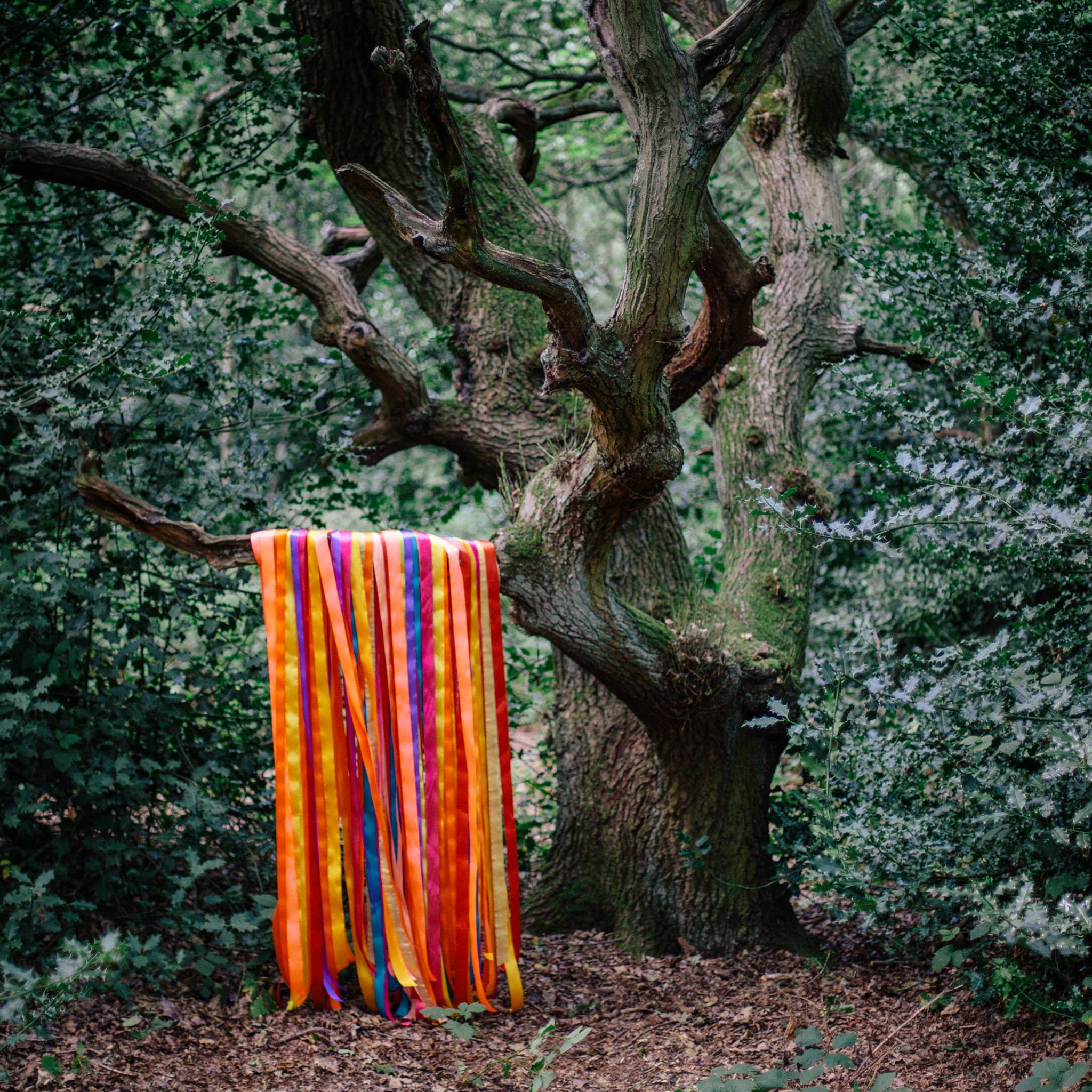“Incantation for Inanimate Object” is the name of the opening track on The Animal Spirits, the latest album by James Holden. The track title doubles as a mission statement for the polymath UK producer and composer, who has spent his recent career exploring the mystical possibilities of electronic instruments, bringing burbling life to banks of filters and oscillators that stood inert before his approach. His last album, 2014’s excellent The Inheritors, was both cooly industrial and warmly alive. It featured a modular synthesizer that Holden built himself, which constantly threatened to liberate itself from the strictures of techno’s metronomic rhythmic grid, and occasionally succeeded. With The Animal Spirits, he surrenders almost fully to the human, with an ensemble of live musicians, including a saxophonist, cornetist, drummer, and Holden himself playing his trusty homemade synth. It’s a remarkable album, both in its hybridized acoustic-electric sonics and its atmosphere of communal celebration.
Since breaking through with the trance anthem “Horizons” as a 19-year-old in 2000, and crafting several subsequent hits and official remixes for Britney Spears and Madonna, Holden has moved further away from populism and dance music proper with each release. The new album is credited to “James Holden and the Animal Spirits” for a reason: it’s the work of a rollicking five-piece band, and sounds like it. Holden and his collaborators mix elements of contemporary electronic music with a melange of cosmically-minded genres from the late 1960s and ‘70s–soaring spiritual jazz, Cluster/Tangerine Dream analog synthscapes, Terry Riley-esque hippie minimalism–into a kinetic whole that sounds ancient and modern at once, like the religious music of a forgotten cargo cult.
“Pass Through the Fire,” the first single, is an ideal introduction. A nearly seven-minute monster, it begins with a lone percussive keyboard figure that jitters and shifts like the fragments that make up Riley’s masterwork In C. Next comes Tom Page, gently tapping out a pulse on kick and snare. The music picks up momentum as each new player enters–another couple of keyboard figures, some lyrical sax–until a huge gummy synth bass line erupts from the ground and carries the Animal Spirits skyward. The band improvises collectively, spinning out melodic fragments in tandem without taking solos per se. They proceed in a kind of wave pattern, upping the intensity and then backing off, approaching catharsis without ever fully reaching it.
Holden and Page provide the heartbeat of the Animal Spirits, and the singular sound of the album comes in large part from the specific ways in which their instruments interact. Combining the unwavering pulse of dance music with the freewheeling energy of live musicians is always a logistical challenge. Generally, the machines take the lead, and the humans try to follow, locking into rigid rhythms that sometimes leave them sounding like machines themselves. For The Animal Spirits, Holden developed software that tracks the tempo of Page’s natural drumming and calibrates the pace of pre-programmed synth parts accordingly. This process effectively switches the leader-follower relationship, allowing the human musicians to make the countless micro-adjustments in speed that happen unconsciously over the course of a performance, without losing the satisfying precision of electronic music. On the bracing title track, a vintage-sounding arpeggio percolates in perfect time, seamlessly blending with a swarm of feverish horns.
Thanks to its polyrhythms and rich instrumental textures, The Animal Spirits is as likely to appeal to fans of experimental rock music (especially electro-tribal searchers like Animal Collective, Gang Gang Dance, Fuck Buttons, or Dan Deacon) as it is to those who regularly spend evenings at the club. But if Holden has largely left “trance” behind as a genre, he hasn’t abandoned it as a state of mind: it’s just that this music is better suited to reveries in the woods or your apartment with five of your closest friends than to a big room full of strangers. The sound of shared ecstasy on the dancefloor may be gone, but the spirit remains.





